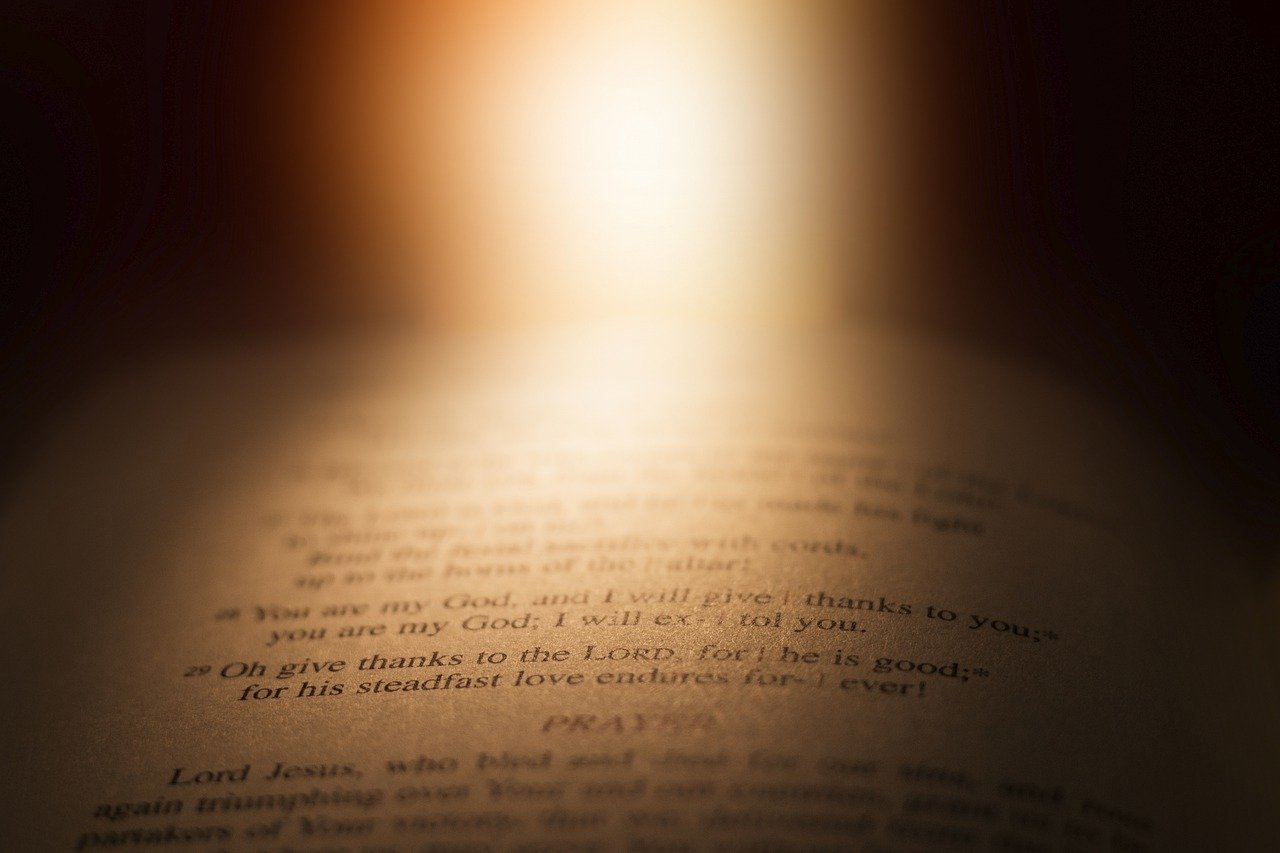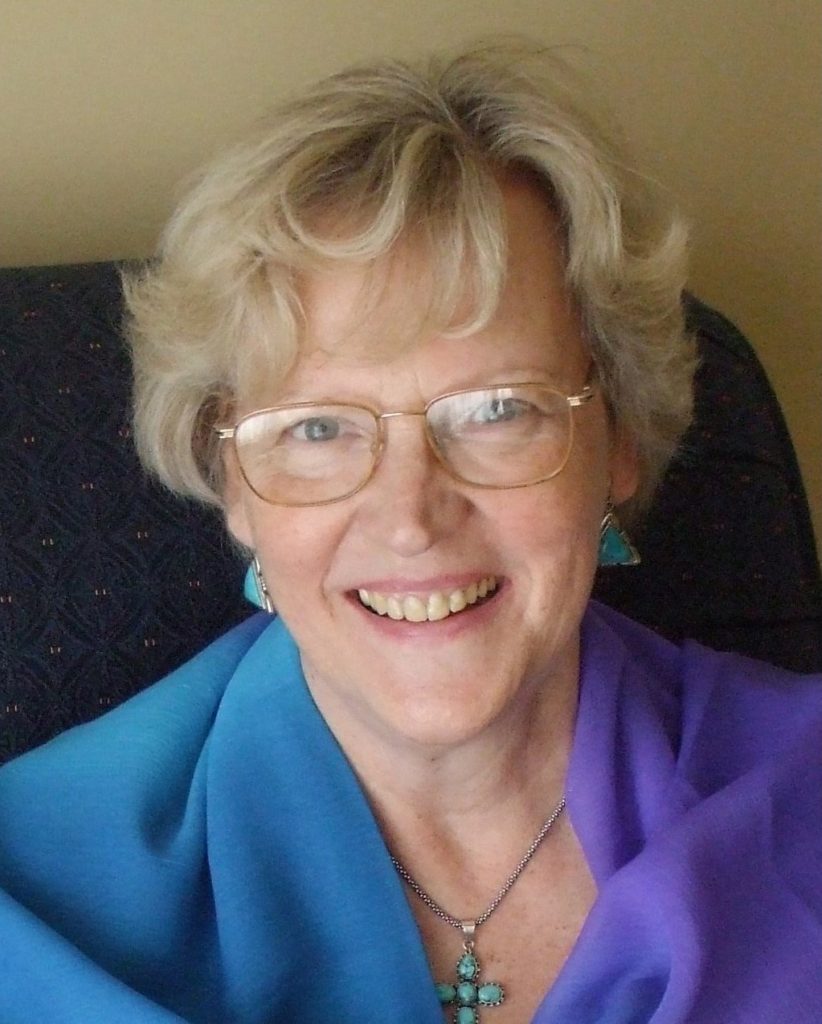The Gospel of Thomas emphasizes that to see reality as it is, we need to let go off the unpurified aspect of the ‘ego’, the disordered drives/desires that are a product of our survival needs, upbringing and environment. In other words the false images of ourselves, our ‘personas’, our ‘ego’ masks, our “clothes”: “His followers said, “When will you appear to us and when will we see you?” Jesus said, “When you strip without being ashamed and you take your clothes and put them under your feet like little children and trample them, then you will see the child of the living one and you will not be afraid.” We need to see through these false images and detach ourselves from them. This is really not so dissimilar to what Jesus said in the Synoptic Gospels: “Anyone who wants to be a follower of mine must leave self (i.e. the ‘ego’ illusions) behind.” Only by doing that can our true nature be revealed.
Once we break through the constraints of the ‘ego’, we will be free, no longer imprisoned. A double understanding is needed: firstly the way our ‘ego’, the surface part of our being operates and secondly true self-knowledge of our essential being: “When you know yourselves, then you will be known, and you will understand that you are children of the living father. But if you do not know yourselves, then you dwell in poverty, and you are poverty.” Just living in the reality the ‘ego’ weaves, is living in illusion and on the surface – an impoverishment of our true being. Salvation is not seen in terms of becoming children of the Light but of an unfolding awareness of this actual fact. Moreover, Jesus’ teaching affirms us in our ability to do so: “One who seeks will find.”
Most Gnostic writers at that time were profoundly dualistic: the world was often seen as threatening and tempting, basically evil. Thomas on the contrary sees it as permeated by the Divine Light, consequently essentially good. Therefore not only we but all of creation are infused by and embedded in the Light: “Jesus said, “I am the light that is over all things. I am all: From me all has come forth, and to me all has reached. Split the wood; I am there. Lift up the stone, and you will find me there.” In early Christian theology Christ was seen as the first Creation, the ground of being, through whom all of creation was shaped by God with the aid of the Spirit.
Jesus was sharing his message that the Kingdom, the presence of God, is here and now. To see the Kingdom we not only need to let go off our false surface self, but we also need to become aware, that the attachment of the ‘ego’ to the material world can never furnish us with lasting happiness or sense of security. We and the world are impermanent; all passes away; hence it is a “carcass”. “Jesus said, whoever has come to know the world has discovered a carcass, and whoever has discovered a carcass, of that person the world is not worthy.” (“Of that person the world is not worthy” is a Jewish saying used when praising someone.)
In these sayings Jesus is constantly moving the attention of the disciples from an outside reality – seeking a place – to the all-important inner reality. Where he dwells is on this inner level of spiritual consciousness: “His followers said, “Show us the place where you are, for we must seek it.” He said to them, “Whoever has ears should hear. There is a light within a person of light, and it shines on the whole world. If it does not shine it is dark.” The spiritual world penetrates our material reality; it is not somewhere else.
Moreover, by realising this inner Divine reality, we will help the rest of humanity; our ‘enlightenment’ is to be for the benefit of all. In our deeper consciousness we are at one with everyone and with God.
This emphasis on interconnectedness resonated with Christians then and resonates with us now. We, creation and the Divine are all interconnected. The Divine reality is our transcendent home, the world of Light where all opposites, “motion” and “rest”, are reconciled and transcended: “If they ask you: ‘what is the evidence of the father in you?’ say to them, it is motion and rest”, referring to our ability to transcend the duality of the ‘ego’.
But it is never a case of getting rid of the ‘ego’, but of integrating the purified ‘ego’ with the other aspect of our being, our Divine spark. Then we will be at One within ourselves, with others and with the Divine: “Jesus said to them, “When you make the two into one, and when you make the inner like the outer and the outer like the inner, and the upper like the lower…. then you will enter the kingdom”.
The message of the Gospel of Thomas is therefore essentially about integration, of the purified ‘ego’ and the deeper ‘self’, the material and the spiritual. We need to remember that we are ‘children of God’, to remember our true divine nature at our core, so that it can permeate the ‘ego’ and our behaviour is guided by both. Thus our whole being will be divinised, by opening the material to the Spirit, the Light. Then we will “enter the kingdom”, and experience the being and presence of the Divine.
Image by blenderfan, Pixabay







